The View From Here. This Color-enhanced Image Of Jupiter’s Swirling South Polar Region Was Captured

The view from here. This color-enhanced image of Jupiter’s swirling south polar region was captured during my latest flyby of the gas giant planet.
More Posts from Monecky and Others

Interstellar Comet 2I/Borisov Probably Came from Double Red Dwarf Kruger 60
A new study by astronomers from the A. Mickiewicz University and the Space Research Centre of the Polish Academy of Sciences suggests that the interstellar comet 2I/Borisov likely came from a binary star system called Kruger 60.
is a visual binary stellar system located in the constellation of Cepheus.
Also known as DO Cephei, HD 239960, Gliese 860, BD+56 2783, HIP 110893, and ADS 15972, it is a tenth closest multiple stellar system, currently only 13.15 light-years from the Sun and approaching.
Kruger 60 is named after the German astronomer Adalbert Kruger who observed it in 1873.
It consists of two M-type stars (red dwarfs) — Kruger 60A and B — that orbit each other once every 44.6 years.
Kruger 60A has about 27% of the Sun’s mass and 35% of the solar radius, Kruger 60B is a smaller star with about 18% of the Sun’s mass and 24% of the solar radius.
They modeled the motion of the comet, the Sun and 647 stellar systems from their list of potential perturbers of cometary motion.
They found that one million years ago, 2I/Borisov passed Kruger 60 at a distance of 5.7 light-years having an extremely small relative velocity of 7,700 mph (3.43 km/s).
“As the orbit of this comet will become more precise the minimal distance between these two bodies might vary but their relative velocity will remain very small, which suggests that 2I/Borisov might originate from Kruger 60,” the researchers said. (source)


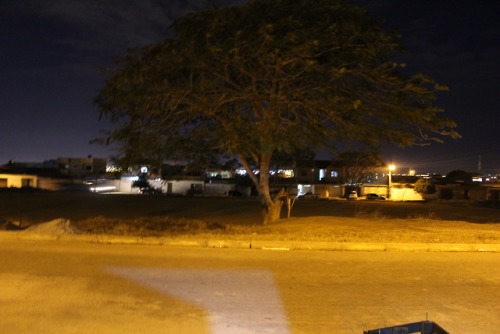








For whither thou goest, I will go, And where thou lodgest, I will lodge. Thy people shall be my people, and thy God my God. Where thou diest, will I die, and there will I be buried. The Angel do so to me, and more also, If aught but death part thee and me.











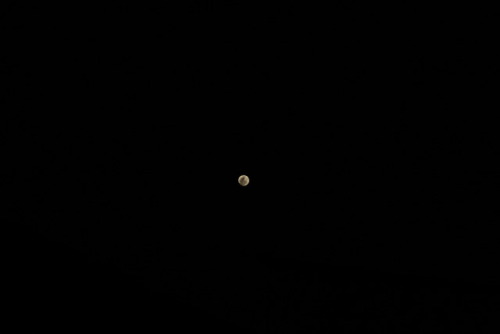
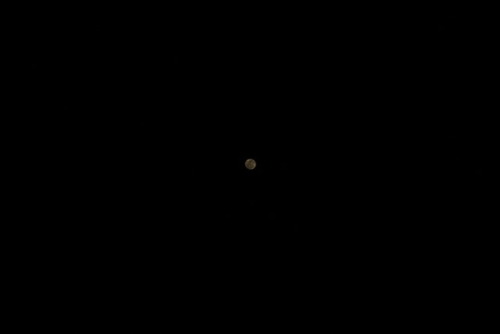

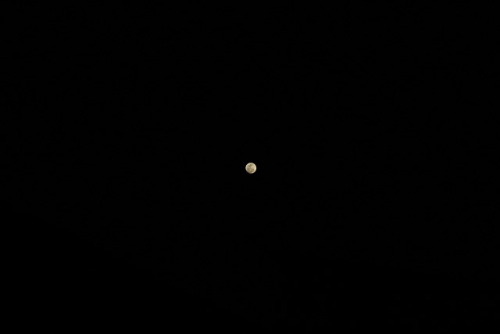
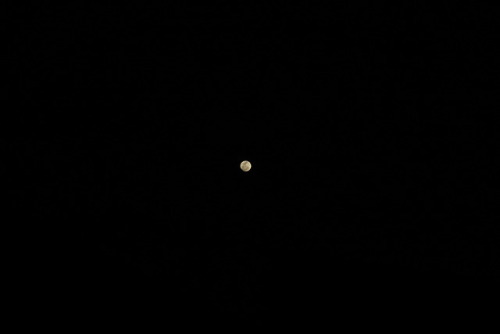











Talkin’ about :)))







-
 oneleggedostrich liked this · 3 years ago
oneleggedostrich liked this · 3 years ago -
 satan-speaks reblogged this · 3 years ago
satan-speaks reblogged this · 3 years ago -
 iv0r reblogged this · 4 years ago
iv0r reblogged this · 4 years ago -
 callmeishmish reblogged this · 4 years ago
callmeishmish reblogged this · 4 years ago -
 callmeishmish liked this · 4 years ago
callmeishmish liked this · 4 years ago -
 danykha reblogged this · 4 years ago
danykha reblogged this · 4 years ago -
 danykha liked this · 4 years ago
danykha liked this · 4 years ago -
 exposedmidriff liked this · 4 years ago
exposedmidriff liked this · 4 years ago -
 astronofeminist reblogged this · 4 years ago
astronofeminist reblogged this · 4 years ago -
 20jae19 liked this · 5 years ago
20jae19 liked this · 5 years ago -
 normandy55 liked this · 5 years ago
normandy55 liked this · 5 years ago -
 astronofeminist liked this · 5 years ago
astronofeminist liked this · 5 years ago -
 augustrainbabe liked this · 5 years ago
augustrainbabe liked this · 5 years ago -
 spaxey reblogged this · 5 years ago
spaxey reblogged this · 5 years ago -
 swissshooter liked this · 5 years ago
swissshooter liked this · 5 years ago -
 lifes-a-bitch-then-you-die-mac liked this · 5 years ago
lifes-a-bitch-then-you-die-mac liked this · 5 years ago -
 bearwildered liked this · 5 years ago
bearwildered liked this · 5 years ago -
 m00ndingochan reblogged this · 5 years ago
m00ndingochan reblogged this · 5 years ago -
 atlas-trembled-before-me liked this · 5 years ago
atlas-trembled-before-me liked this · 5 years ago -
 asmallbluedinosaurnamed-chonk reblogged this · 5 years ago
asmallbluedinosaurnamed-chonk reblogged this · 5 years ago -
 asmallbluedinosaurnamed-chonk liked this · 5 years ago
asmallbluedinosaurnamed-chonk liked this · 5 years ago -
 metalzoic liked this · 5 years ago
metalzoic liked this · 5 years ago -
 notisaidthechicken liked this · 5 years ago
notisaidthechicken liked this · 5 years ago -
 cripple-cat liked this · 5 years ago
cripple-cat liked this · 5 years ago -
 essie-and-the-boundless-sea liked this · 5 years ago
essie-and-the-boundless-sea liked this · 5 years ago -
 glitch-alienthings reblogged this · 5 years ago
glitch-alienthings reblogged this · 5 years ago -
 glitch-alienthings liked this · 5 years ago
glitch-alienthings liked this · 5 years ago -
 fagdykefrank liked this · 5 years ago
fagdykefrank liked this · 5 years ago -
 eastern-wind liked this · 5 years ago
eastern-wind liked this · 5 years ago -
 shawnarichauthor liked this · 5 years ago
shawnarichauthor liked this · 5 years ago -
 puddingparamour reblogged this · 5 years ago
puddingparamour reblogged this · 5 years ago -
 puddingparamour liked this · 5 years ago
puddingparamour liked this · 5 years ago -
 mossywizard reblogged this · 5 years ago
mossywizard reblogged this · 5 years ago -
 mossywizard liked this · 5 years ago
mossywizard liked this · 5 years ago -
 willowadee reblogged this · 5 years ago
willowadee reblogged this · 5 years ago -
 m00ndingochan liked this · 5 years ago
m00ndingochan liked this · 5 years ago -
 prince-of-places liked this · 5 years ago
prince-of-places liked this · 5 years ago -
 delaterrealalunee liked this · 5 years ago
delaterrealalunee liked this · 5 years ago -
 welovingcollectortyphoon reblogged this · 5 years ago
welovingcollectortyphoon reblogged this · 5 years ago -
 welovingcollectortyphoon liked this · 5 years ago
welovingcollectortyphoon liked this · 5 years ago -
 oscarregofelpeto liked this · 5 years ago
oscarregofelpeto liked this · 5 years ago